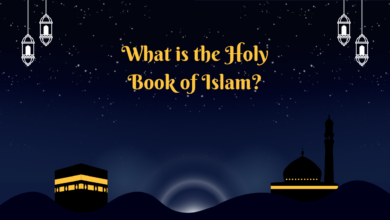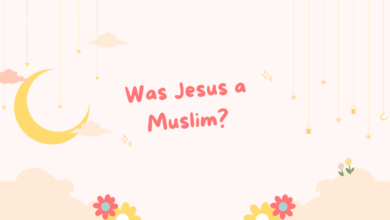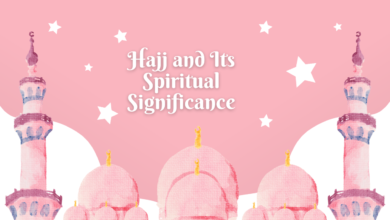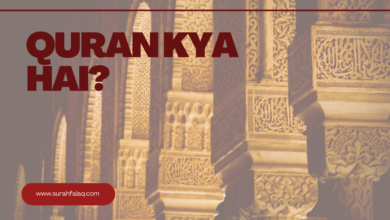Prophet’s Life
The Life and Legacy of the Prophet Muhammad: A Journey of Faith and Compassion
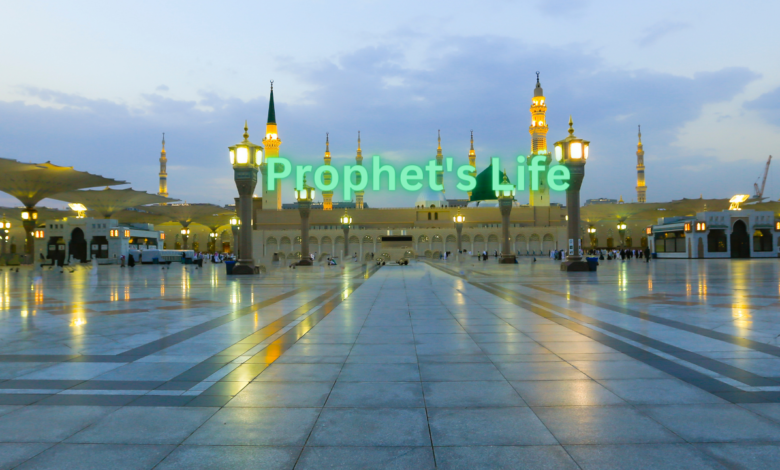
Prophet’s Life
Prophet Muhammad, full name Muhammad ibn Abd Allah, was the last and final prophet of Islam. He was born in Mecca in 570 CE and received revelations from Allah (God) through the Angel Gabriel, which were later compiled into the Quran.
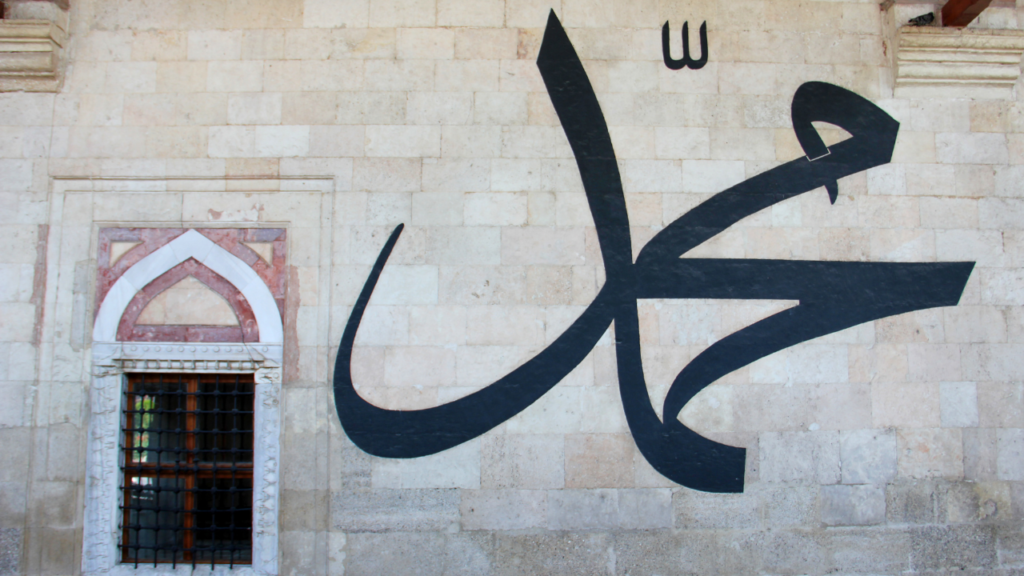
Introduction-Prophet’s Life
The life of the Prophet Muhammad is a source of inspiration and guidance for over a billion Muslims around the world. Born in the city of Mecca in the year 570 CE, Muhammad ibn Abd Allah would go on to become the last and final prophet of Islam. His life is a testament to the power of faith, perseverance, and the transformative impact one individual can have on the course of history. In this article, we will explore the key milestones in the life of the Prophet Muhammad and his enduring legacy.
Early Life
Muhammad’s early life was marked by both tragedy and divine intervention. Orphaned at a young age, he was raised by his grandfather and later by his uncle. Despite the challenges, Muhammad was known for his honesty, integrity, and dedication to his community, earning him the nickname “Al-Amin” or the trustworthy.
Also check.

- What Is Islamism
- How Many Wives Did Prophet Muhammad Saw Have?
- Are Bitmoji haram in Islam? why? Guide 2023
Prophethood
At the age of 40, Muhammad received his first revelation from Allah (God) through the Angel Gabriel while meditating in the cave of Hira. Over the next 23 years, these revelations were compiled into the Quran, the holy book of Islam. Muhammad’s mission as a prophet was to convey the message of monotheism, social justice, and compassion to the people of Arabia, who were steeped in idolatry and tribal conflicts.
The Hijra (Migration)
In 622 CE, Muhammad and his followers faced persecution and threats in Mecca, leading to the Hijra, or migration, to the city of Yathrib, later known as Medina. This event marked the beginning of the Islamic calendar and is a symbol of resilience and determination in the face of adversity. In Medina, Muhammad established a new social order based on justice, unity, and brotherhood among diverse tribes.
The Battle of Badr
Muhammad’s leadership was tested in 624 CE during the Battle of Badr, where a small group of Muslims faced a much larger Meccan force. Through divine intervention and strategic brilliance, the Muslims achieved a remarkable victory. This battle solidified Muhammad’s position as a leader and protector of the Islamic community.
The Treaty of Hudaybiyyah
In 628 CE, Muhammad signed the Treaty of Hudaybiyyah with the Meccans, which allowed for a ten-year truce and peaceful coexistence. This diplomatic achievement demonstrated Muhammad’s commitment to resolving conflicts through peaceful means when possible, a principle that remains relevant in today’s world.
The Conquest of Mecca
In 630 CE, Muhammad returned to Mecca with a peaceful army of 10,000 followers. Instead of seeking revenge, he forgave the Meccans for their years of persecution and granted a general amnesty, setting a profound example of forgiveness and reconciliation.
The Farewell Sermon
During his final pilgrimage in 632 CE, the Prophet Muhammad delivered his Farewell Sermon, summarizing the core teachings of Islam. He emphasized the equality of all believers and the importance of justice, kindness, and compassion. This sermon serves as a timeless guide for Muslims and a universal message of morality.
Legacy
The legacy of the Prophet Muhammad is profound and enduring. His life serves as a model of moral conduct and devotion to God. His teachings on social justice, human rights, and compassion continue to inspire countless individuals and communities worldwide. The Quran, the Hadith (sayings and actions of the Prophet), and the Sunnah (his way of life) remain essential sources of guidance for Muslims.
Muhammad’s influence extends beyond religious spheres. His contributions to literature, science, and ethics have left an indelible mark on human civilization. His emphasis on knowledge, education, and the pursuit of truth laid the foundation for the Islamic Golden Age, during which scholars made groundbreaking advancements in various fields.
Conclusion
The life of the Prophet Muhammad is a story of profound significance, a journey from a humble beginning to a transformative leadership role that changed the course of history. His message of monotheism, justice, and compassion continues to resonate with people of all backgrounds and faiths. As Muslims around the world honor his life and teachings, they strive to emulate his example and carry forward his legacy of peace, unity, and moral excellence.
FAQS-Prophet’s Life
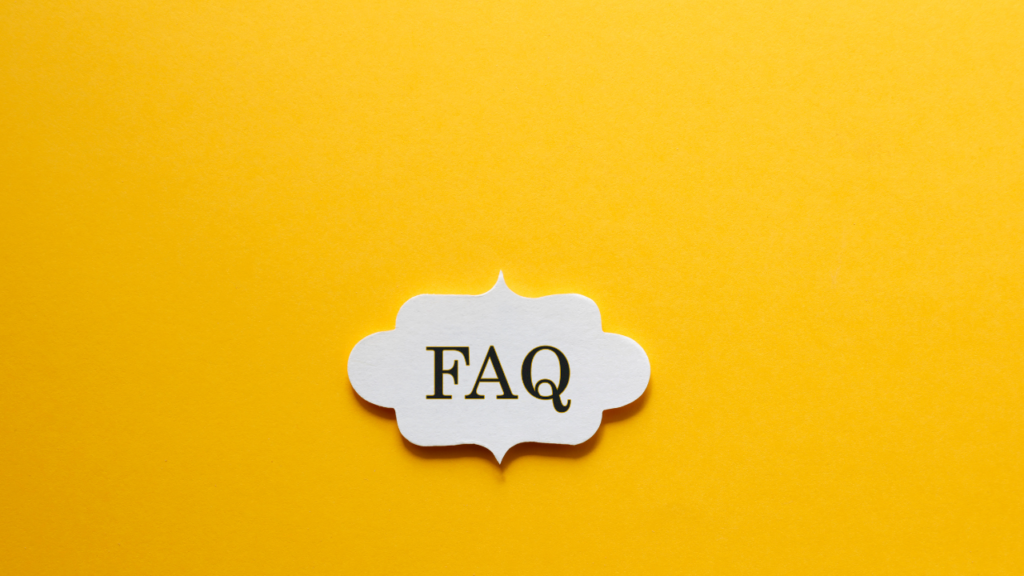
Who was Prophet Muhammad?
Prophet Muhammad, full name Muhammad ibn Abd Allah, was the last and final prophet of Islam. He was born in Mecca in 570 CE and received revelations from Allah (God) through the Angel Gabriel, which were later compiled into the Quran.
What is the significance of the Hijra in the life of the Prophet?
The Hijra, or migration, marks a pivotal moment in the life of Prophet Muhammad. In 622 CE, he and his followers migrated from Mecca to Medina, establishing a thriving Islamic community and calendar. It symbolizes resilience in the face of persecution and the spread of Islam.
What is the Battle of Badr, and why is it important?
The Battle of Badr took place in 624 CE and was a significant event in early Islamic history. It was a turning point, where a small Muslim force, under Muhammad’s leadership, achieved a remarkable victory against a much larger Meccan army. This battle solidified Muhammad’s position as a leader.
Can you explain the Treaty of Hudaybiyyah?
The Treaty of Hudaybiyyah, signed in 628 CE, was a truce between the Muslims and the Meccans. It allowed for peaceful coexistence for ten years and is a testament to Prophet Muhammad’s commitment to resolving conflicts through diplomacy rather than violence.
What happened during the Conquest of Mecca, and why is it significant?
In 630 CE, Prophet Muhammad and his followers peacefully conquered Mecca. Instead of seeking revenge for years of persecution, he forgave the Meccans and granted amnesty, setting an enduring example of forgiveness and reconciliation.
What is the Farewell Sermon of the Prophet Muhammad?
The Farewell Sermon was delivered during his final pilgrimage in 632 CE. In it, he summarized the core teachings of Islam, emphasizing the equality of all believers, the importance of justice, kindness, and compassion. It serves as a timeless guide for Muslims and a universal message of morality.
What is the lasting legacy of the Prophet Muhammad?
Prophet Muhammad’s legacy is profound and enduring. His life serves as a model of moral conduct and devotion to God. His teachings on social justice, human rights, and compassion continue to inspire countless individuals and communities worldwide.
How did Prophet Muhammad contribute to fields beyond religion?
Beyond religious leadership, Prophet Muhammad emphasized knowledge, education, and the pursuit of truth. His contributions laid the foundation for the Islamic Golden Age, during which scholars made groundbreaking advancements in various fields, including science, literature, and ethics.
Why is Prophet Muhammad revered by Muslims around the world?
Muslims revere Prophet Muhammad as the final messenger of Allah. His teachings provide guidance on how to live a righteous and just life, and his example continues to inspire individuals to strive for moral excellence and compassion.
What are the primary sources of information about the life of Prophet Muhammad?
The primary sources for information about the life of Prophet Muhammad are the Quran (the holy book of Islam), the Hadith (recorded sayings and actions of the Prophet), and the Sunnah (his way of life). These sources provide comprehensive insights into his life and teachings.
